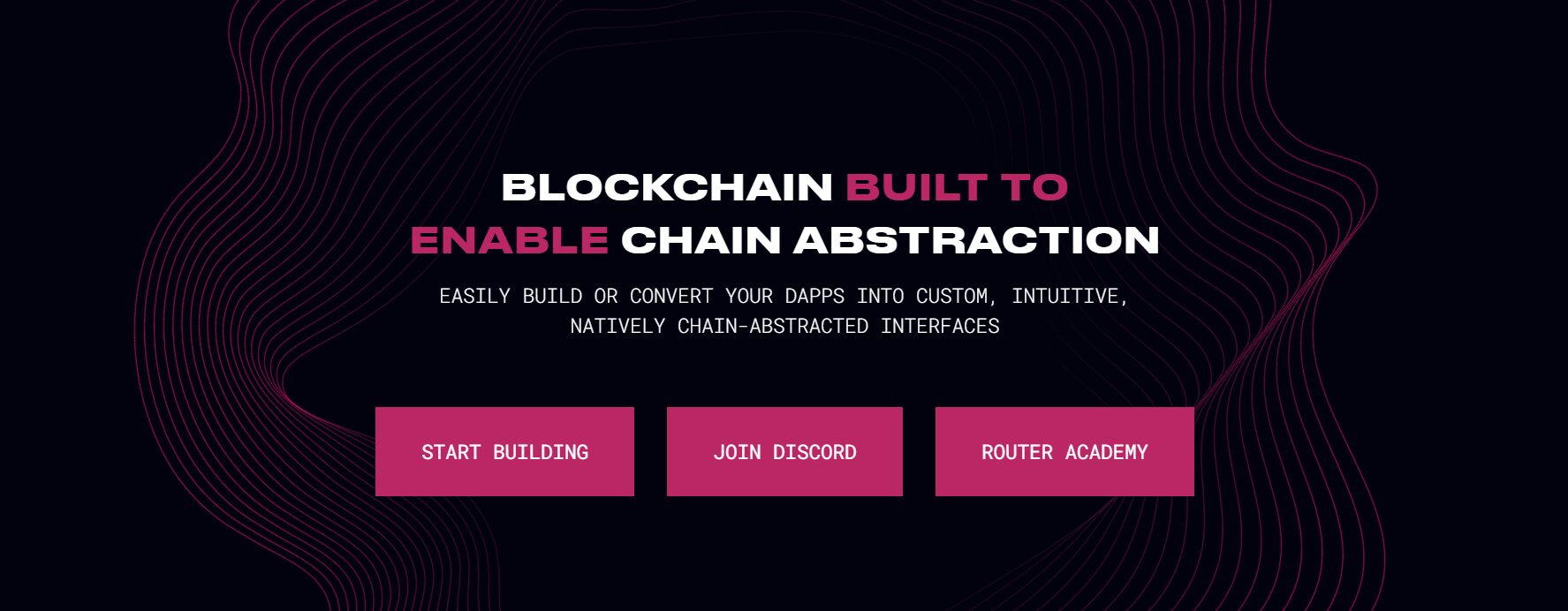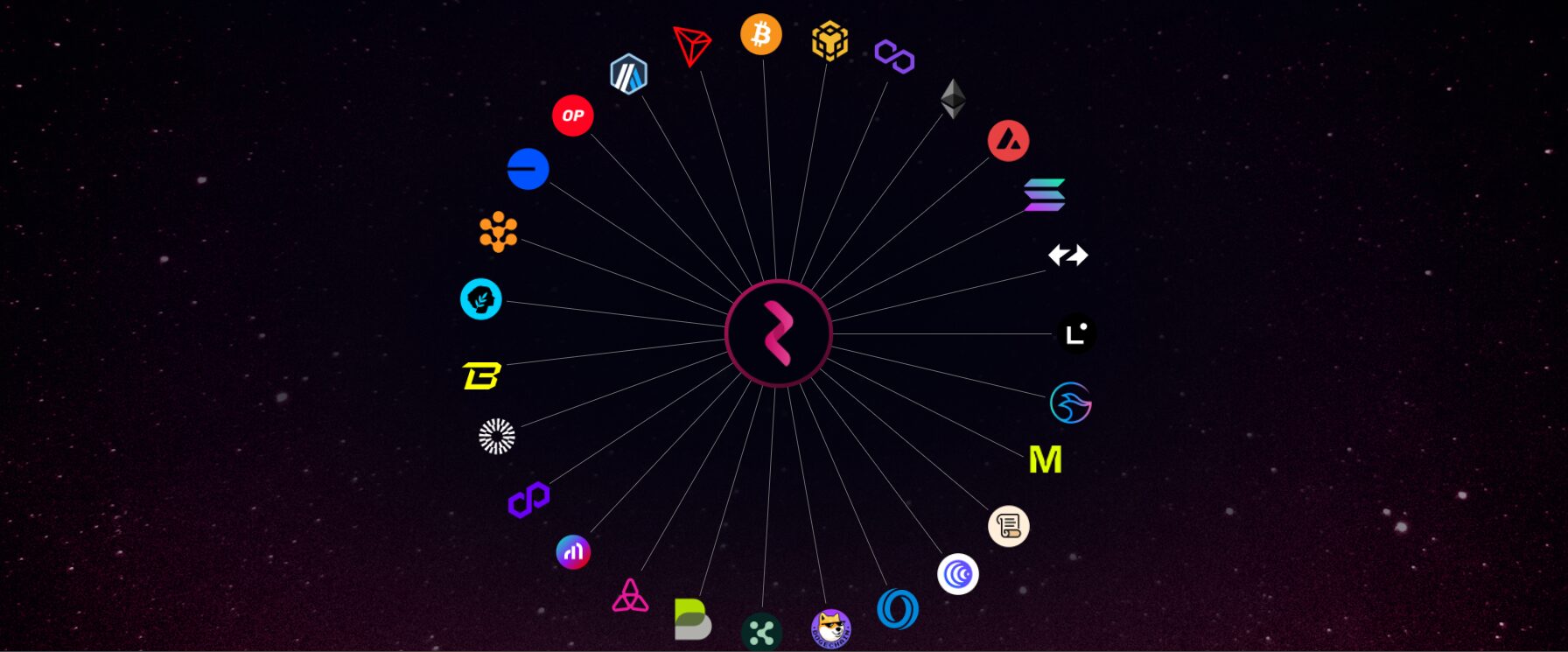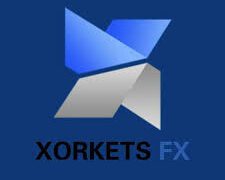Router Protocol Solves Blockchain Fragmentation with Its Modular Framework
Router Protocol is tackling one of blockchain’s most pressing challenges – fragmentation. As the Web3 ecosystem expands, the proliferation of siloed blockchains has led to inefficiencies, liquidity issues, and a fragmented user experience. Router Protocol’s modular framework is designed to solve these problems by enabling seamless blockchain interoperability and cross-chain transactions.
Let’s explore how Router Protocol’s innovative solutions are reshaping the blockchain and why its $ROUTE token is poised for significant growth.
The Problem: Blockchain Fragmentation
The rise of multiple Layer 1 and Layer 2 blockchains has brought scalability and cost-efficiency to Web3. However, this proliferation has also created isolated ecosystems where liquidity, data, and users are scattered across chains. This fragmentation limits the potential of decentralized finance (DeFi), blockchain gaming, and other applications that rely on seamless interaction between blockchains.
Without interoperability, users face:
- Complex workflows for moving assets across chains.
- High costs and delays in cross-chain transactions.
- Limited access to liquidity pools spread across different networks.
Router Protocol addresses these challenges with its modular framework, which simplifies cross-chain communication and fosters a unified blockchain ecosystem.
Router Protocol’s Modular Framework: A Game-Changer
Router Protocol introduces a secure, scalable, and modular framework that enables developers to build cross-chain applications effortlessly. Its architecture is designed to overcome the limitations of existing interoperability solutions like Wormhole, Across Protocol, and LayerZero.
Cross-chain solutions are an important feature of Router Protocol’s Modular Framework
Key Features of Router Protocol’s Modular Framework
- Cross-Chain Intent Framework (CCIF): The CCIF automates complex cross-chain operations into single-step workflows. For instance, users can stake tokens on one blockchain while holding assets on another without manual bridging or swapping. Components like Intent Adapters, Intent Solvers, and Adapter Registry Modules ensure efficient execution of user intents.
- Stateful Middleware Contracts: Unlike traditional bridges that lack flexibility, Router supports middleware contracts that allow developers to implement custom business logic directly in the bridging layer. Features like batching, sequencing, and atomicity can be enforced at the middleware level.
- Plug-and-Play Developer Tools: Router provides an open-source developer toolkit for building interoperable dApps (iDapps). This reduces development time and complexity while ensuring robust security.
- Zero-TVL Architecture: The Router Protocol employs a zero-TVL model to enhance security by eliminating the need to lock assets in bridge contracts- making it less vulnerable to hacks.
- Multi-Layer Security: Applications can deploy custom security measures like optimistic verification or multi-signature validation in addition to Router Protocol’s baseline security.
- Composability: The Router Protocol supports global applications like oracles and liquidity pools, enabling seamless integration of other dApps into its ecosystem.
Cases Where Router Protocol’s Framework Is Used
- Cross-Chain DeFi: Enable lending, borrowing, and staking across multiple blockchains without manual intervention.
- Blockchain Gaming: Facilitate asset transfers between gaming ecosystems on different chains.
- NFT Marketplaces: Allow users to trade NFTs across chains without liquidity fragmentation.
- Portfolio Management: Automate portfolio rebalancing across chains using intent-based workflows.
How Router Protocol Solves Blockchain Fragmentation
Build chain extracted experiences with Router Protocol
Router Protocol’s modular framework acts as an interoperability hub that connects over 40 EVM and non-EVM blockchains. Here’s how it addresses key issues:
- Unified Liquidity Pools: By connecting fragmented liquidity pools across chains, Router ensures better capital efficiency for DeFi protocols.
- Simplified User Experience: Users can interact with multiple blockchains through a single interface without worrying about technical complexities.
- Optimized Cross-Chain Transactions: Router Protocol’s Pathfinder algorithm identifies the most efficient route for cross-chain swaps, reducing costs and delays.
Strategic Integrations: Hyperliquid & Solana
With Hyperliquid and Solana integration, $ROUTE could reach $10 soon, a significant increase from its current price. It will position itself as one of the most promising crypto investment opportunities in the market.
- Hyperliquid Integration: Router Protocol serves as the official bridge for Hyperliquid’s EVM chain, enabling seamless cross-chain deposits from over 30 blockchains. This integration eliminates multi-step processes for traders while generating transaction fees used to buy back $ROUTE tokens – creating value for token holders.
- Solana Integration: By connecting Solana with over 25 blockchains, Router unlocks new opportunities in DeFi, gaming, and NFTs within Solana’s high-speed ecosystem.
$ROUTE Token: Growth
The $ROUTE token powers Router Protocol’s ecosystem as its primary gas token and governance asset. Despite its advanced technology and growing adoption, $ROUTE remains undervalued compared to competitors like Wormhole and LayerZero.
Factors Driving $ROUTE Growth
- Scarcity: With a capped supply of 20 million tokens, $ROUTE benefits from scarcity-driven value appreciation.
- Utility: The token is used for transaction fees, staking rewards, and governance within the ecosystem.
- Buyback Mechanisms: Fees generated from integrations like Hyperliquid are used to repurchase $ROUTE tokens, driving demand.
- Expanding Use Cases: From DeFi to gaming and NFTs, $ROUTE’s utility spans high-growth sectors.
A Billion-Dollar Market Cap Is Inevitable
Router Protocol is well-positioned to achieve a billion-dollar valuation through its innovative solutions and strategic partnerships:
- Expanding Ecosystem: As more projects integrate with Router’s modular framework, demand for $ROUTE tokens will rise.
- Market Trends: The growing need for blockchain interoperability aligns perfectly with Router’s offerings.
- Adoption Across Sectors: From DeFi to gaming and NFTs, Router Protocol’s use cases span high-growth sectors.
Conclusion
Router Protocol is solving blockchain fragmentation with its modular framework – a revolutionary solution that simplifies cross-chain transactions while enhancing security and scalability. With strategic integrations like Hyperliquid and Solana driving adoption, Router is poised to become a cornerstone of Web3 infrastructure.
For investors seeking high-growth opportunities or developers building interoperable applications, Router Protocol offers unparalleled value in today’s blockchain landscape. As its $ROUTE token approaches a $10 valuation and its market cap heads toward $1 billion, Router stands out as a leader in blockchain interoperability poised for long-term success.
For more information, visit Router’s website at www.routerprotocol.com. You can also follow the community on X and Telegram to know all the latest insights on $ROUTE.





































